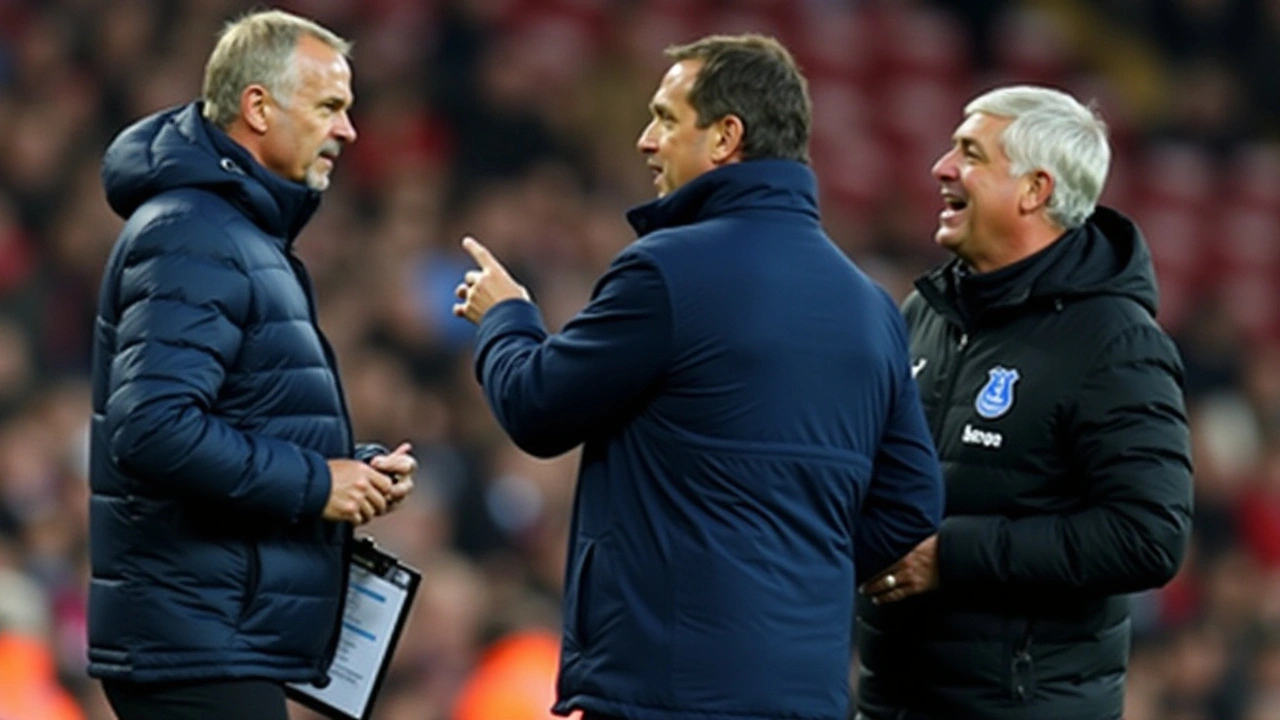Managerial Option: How Coaches Choose Tactics, Transfers and Lineups
Managers make dozens of small and big decisions every week. A change in formation, a summer signing, or a rotation call can swing a season. This page collects practical advice and recent examples to help you understand the thinking behind those choices.
When to change tactics
Ask three quick questions before you switch systems: what problem are you fixing, who can execute the new plan, and how much time do you need? If you’re chasing possession against a high-press team, a back three or a double pivot might buy you control. If your forwards are isolated, change the shape to bring players into the build-up.
Look at recent examples: Inter Milan’s Simone Inzaghi stopped guaranteed starts to force consistency — that’s a tactic to keep players sharp and adaptable. Tactical shifts are useful when patterns keep failing, but they must match the squad’s strengths. Don’t reshuffle for style alone; reshape for results.
Making transfer and squad choices
Use transfers to fill clear gaps. Young signings can be long-term solutions; established players often solve immediate problems. Manchester United’s choice to back a young defender shows how clubs bet on potential to rebuild a backline. Peterborough’s defensive signings demonstrate a practical fix for a shaky area.
Consider three practical steps when weighing a signing: scout performance data (minutes, duels won, passing reliability), check injury history, and test fit in training. If a player passes those checks, the transfer becomes a tactical tool, not just a headline.
Rotation matters. Busy schedules and tournaments force managers to pick who rests. Rotate to avoid injuries and drop form, but keep a spine — a few core starters who carry rhythm. When teams over-rotate, they lose cohesion; under-rotate, they risk burnout.
Handle controversy with a plan. Referee decisions and public criticism (like a manager vocally disputing calls) can distract a squad. Use clear internal communication: explain choices to key players, keep public messages short, and focus training on controllable fixes. That steadies morale faster than long media battles.
Small moves can have big effects. A change in set-piece coach, a different full-back pairing, or promoting a youth talent can shift results without huge spending. Watch how clubs use low-cost tweaks to climb tables or steady seasons.
Finally, measure outcomes. Track simple KPIs: goals conceded, expected goals (xG), passing accuracy in transition, and minutes lost to injury. Compare before and after any managerial option to judge impact. If the change doesn’t move the needle after a fair window, be ready to adapt again.
If you follow football closely, you’ll spot patterns in these choices across leagues and cups. Use this tag to see how real clubs apply managerial options in matches, transfers, and season planning — and to learn what works when pressure is highest.

Everton Considers High-Profile Real Madrid Coach for Managerial Future
Keabetswe Monyake Oct 25 11In a strategic move, Everton has expressed interest in a Real Madrid coach as a potential addition to their managerial lineup. This decision highlights Everton's intent to revamp their leadership, although the specific coach remains unnamed. The football world is abuzz with dialogues regarding managerial roles and potential transfers, with even Real Madrid gearing up for their future seasons.
More Detail